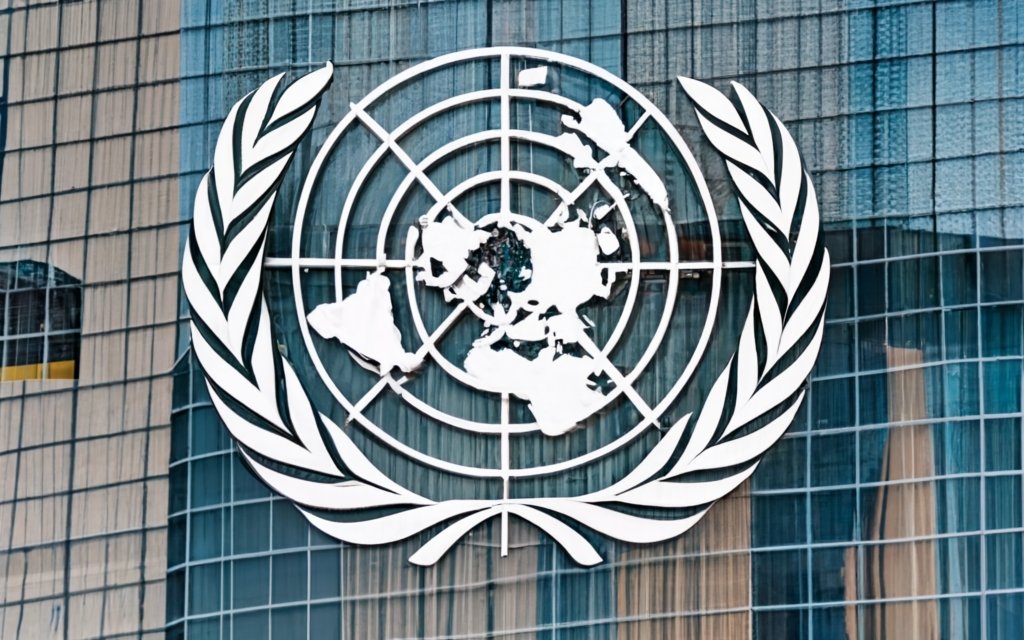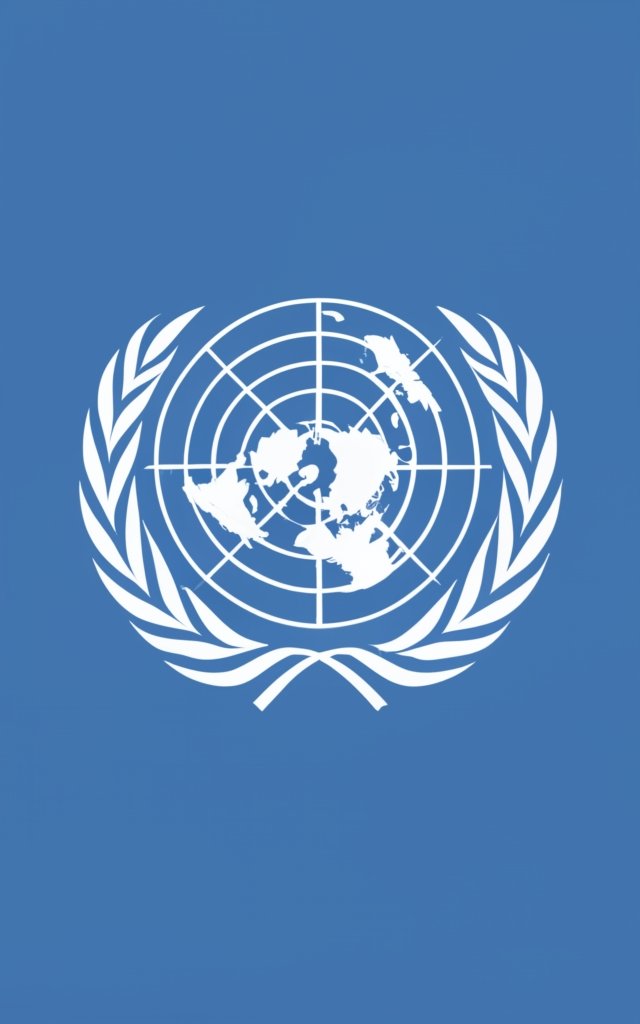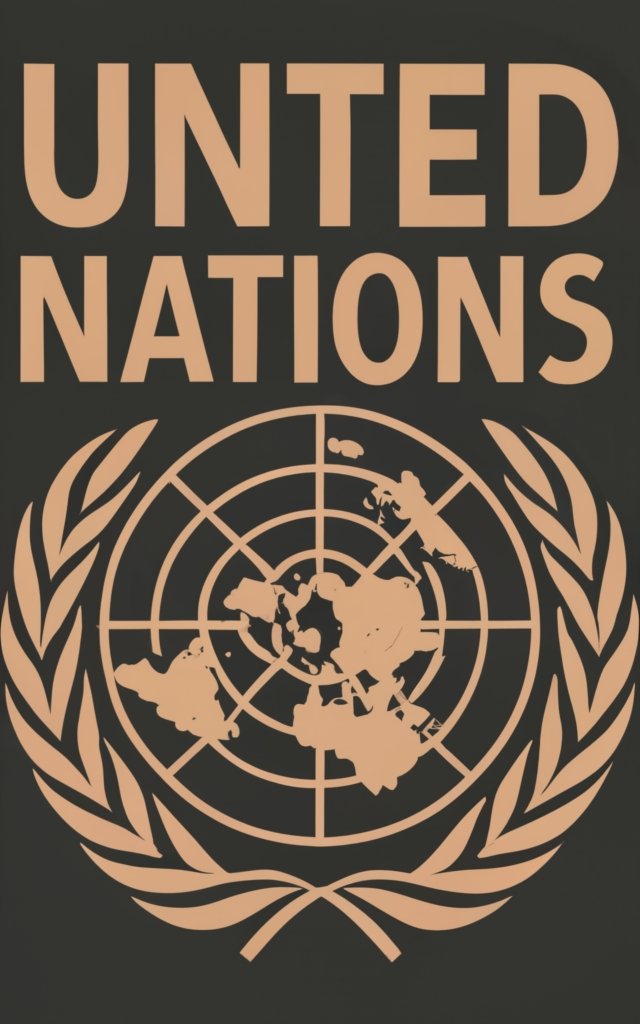UN Peacekeeping’s Hidden Layers Unveiled

Amid rapid news cycles, the intricate dynamics of the United Nations’ peacekeeping efforts often go unnoticed. However, 2023 data reveals the UN’s nuanced commitment to global peace, demanding a closer examination.
The Depth of Dedication

The UN’s peacekeeping data for 2023 is a testament to its vast involvement. With 12 active peacekeeping operations out of 24 missions, the organization’s reach is clear. Yet, these figures only hint at the multifaceted challenges and successes the UN encounters.
“Each operation underscores the UN’s adaptability and resilience in the face of global challenges,” notes Dr. Martha Martinez, an expert in international relations. “The real story lies in the experiences of individuals on the ground, showcasing the true depth of the UN’s commitment.”
The UN’s peacekeeping missions span continents. From Africa’s dense forests to the arid landscapes of the Middle East, each region presents its unique set of challenges. These missions necessitate a tailored approach to understanding the cultural, political, and social intricacies of each region. Peacekeepers, often working in hostile environments, risk their lives to ensure that peace is maintained. Their dedication underscores the UN’s commitment to global harmony.
Furthermore, the logistical challenges of these missions are immense. Ensuring that peacekeepers are well-equipped, trained, and supported requires a significant amount of resources and coordination. The UN collaborates with member states, local governments, and other international organizations to ensure the success of these missions.
Challenging the Status Quo
The UN’s peacekeeping efforts, while praised, have facets that remain in the shadows. Since 1948, over two million peacekeepers from 125 countries have served in 71 operations. These individuals represent the backbone of global peacekeeping.
Their tales of bravery, sacrifice, and resilience often go untold. They mediate between warring factions, provide humanitarian aid in conflict zones, and work tirelessly to ensure a safer world. These stories provide a human face to the often impersonal statistics and reports that dominate the news.
However, some challenge this narrative. An anonymous expert states, “While the UN’s efforts are notable, bureaucracy sometimes impedes ground-level work. It’s crucial to evaluate the organization’s role critically.” This perspective underscores the importance of continuous evaluation and improvement in the UN’s operations.
Moreover, the peacekeeping missions are not without their controversies. Allegations of misconduct, inefficiencies, and other challenges have sometimes marred the UN’s reputation. Addressing these issues head-on, ensuring transparency and accountability, is crucial for the organization’s credibility.

The Road to 2030

As 2030 approaches, the UN’s peacekeeping trajectory promises further evolution. Scenario analyses and sustainable development agendas suggest a future where peacekeeping aligns with global goals.
Emerging technologies, changing geopolitical dynamics, and new global challenges will necessitate UN adaptability. Future peacekeeping missions will focus not just on peace but on laying the foundations for long-term stability.
Dr. Martinez observes, “The next decade is crucial for UN peacekeeping. As global dynamics evolve, the UN must adapt, innovate, and remain committed to peace. The journey is challenging, but a peaceful world is attainable.”
The UN’s role in the coming years will be multifaceted. It will need to address traditional conflicts while also preparing for new challenges. Cybersecurity, climate change-induced conflicts, and other emerging threats will require a reimagining of peacekeeping operations.
Furthermore, collaboration will be key. The UN will need to work closely with regional organizations, member states, and other stakeholders to ensure the success of its missions. Building partnerships, sharing resources and knowledge, and ensuring a coordinated approach will be crucial.
Reflecting on the Journey
The 2023 data highlights the UN’s significant peacekeeping efforts. With 12 active operations, the UN’s impact is undeniable. Yet, hidden stories of dedicated individuals bring depth to these statistics.
The perspective of the anonymous expert reminds us that while the UN’s achievements are significant, there’s room for growth. As we anticipate 2030, the path is filled with challenges and opportunities. With the UN at the forefront, a brighter, peaceful future seems possible.
The UN’s peacekeeping endeavors, while extensive, are layered with complexities. As the world addresses current challenges and looks to the future, a balanced, critical approach is essential. With the UN leading the way, global peace remains a hopeful prospect. The journey ahead is long, but with dedication, collaboration, and a clear vision, the UN is poised to make a lasting impact.



